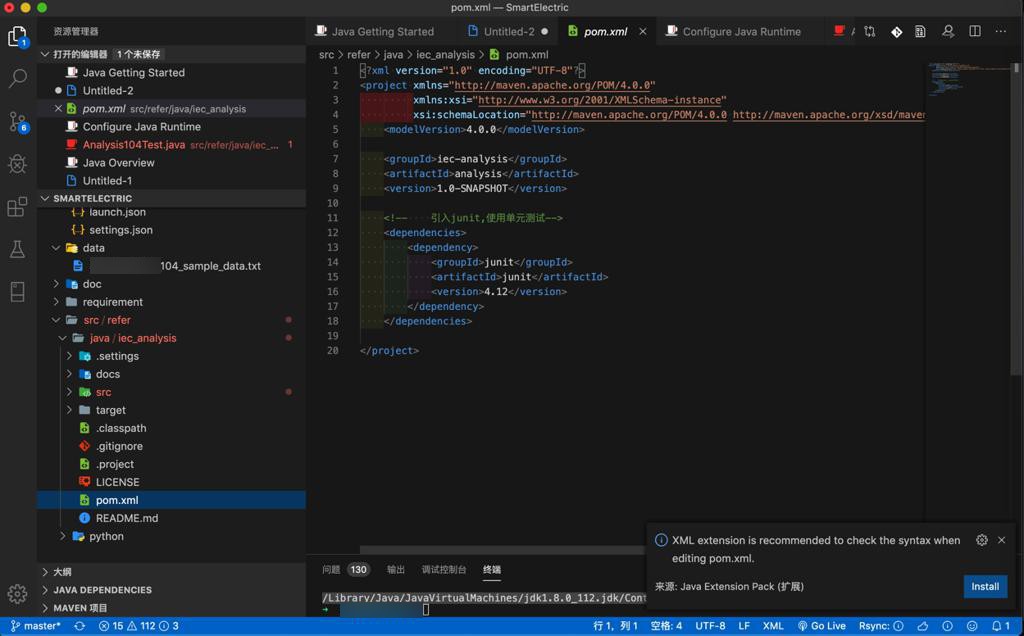
#Appcode dismiss find in path registration#
The registration process SHOULD display this URL to the person The Relying Party can use the data provided by the OP. URL that the OpenID Provider provides to the person registering the Client to read about the OP's requirements on how URL of the OP's JSON Web Key Set JWK document. JSON array containing a list of the JWS signing algorithms (alg values) supported by the OP for the ID Token to encode the Claims in a JWT. Id_token_signing_alg_values_supported (optional)

JSON array containing a list of the OAuth 2.0 Grant Type values that this OP supports.ĭynamic OpenID Providers MUST support the authorization_code and implicit Grant Type values and MAY support other Grant Types. Note that for privacy or other reasons, this might not be an exhaustive list.Ĭode_challenge_methods_supported (optional)Ī list of the display parameter values that the OpenID Provider supports.įrontchannel_logout_session_supported (optional) Value is case insensitive.Ī list of the Claim Names of the Claims that the OpenID Provider may be able to supply values for. The exact value received from the client. Required if the "state" parameter was present in the clientĪuthorization request. Only required if it's different to the scope that was requested by the client. The refresh token, which can be used to obtain new access tokens using the same authorization grant. Time in seconds when the token was received by the client. ID Token value associated with the authenticated session. If omitted, the authorization server should provide theĮxpiration time via other means or document the default value. The lifetime in seconds of the access token.įor example, the value 3600 denotes that the access token willĮxpire in one hour from the time the response was generated. The access token issued by the authorization server. URL of the OP's UserInfo Endpoint used to return info about the authenticated user. Implicit grant type (since an access token is issued directly). The token endpoint is used with every authorization grant except for the Used by the client to obtain an access token by presenting its authorization grant or refresh token. The spec requires a revocation endpoint,īut some providers (like Spotify) do not support one. Used to revoke a token (generally for signing out). URL of the OP's Dynamic Client Registration Endpoint. URL at the OP to which an RP can perform a redirect to request that the End-User be logged out at the OP.

Used to interact with the resource owner and obtain an authorization grant. The redirectUri to use in an authentication request. To get a TokenResponse instance which you can use to easily refresh the token.Įxample const = useAuthRequest ( ) // Development Build: scheme2:/// // Expo Go: exp://localhost:8081 // Web dev: // Web prod: If an Implicit grant flow was used, you can pass the response.params to omQueryParams() In order to close the popup window on web, you need to invoke WebBrowser.maybeCompleteAuthSession(). Never put any secret keys inside of your application code, there is no secure way to do this! Instead, you should store your secret key(s) on a server and expose an endpoint that makes API calls for your client and passes the data back.ĪPI import * as AuthSession from 'expo-auth-session' Hooks.App handles redirect: the redirect is handled by the app and data is parsed from the redirect URL.The redirect includes data in the URL (such as user id and token), either in the location hash, query parameters, or both. Allowlisting redirect URLs is important to prevent malicious actors from pretending to be your application. Authentication provider redirects: upon successful authentication, the authentication provider should redirect back to the application by redirecting to URL provided by the app in the query parameters on the sign in page ( read more about how linking works in mobile apps), provided that the URL is in the allowlist of allowed redirect URLs.Note: the web browser should share cookies with your system web browser so that users do not need to sign in again if they are already authenticated on the system browser - Expo's WebBrowser API takes care of this. The url that is opened for the sign in page usually includes information to identify the app, and a URL to redirect to on success. Open web browser: the app opens up a web browser to the authentication provider sign in page.Initiation: the user presses a sign in button.The typical flow for browser-based authentication in mobile apps is as follows:

How web browser based authentication flows work The guides have moved: Authentication Guide.


 0 kommentar(er)
0 kommentar(er)
